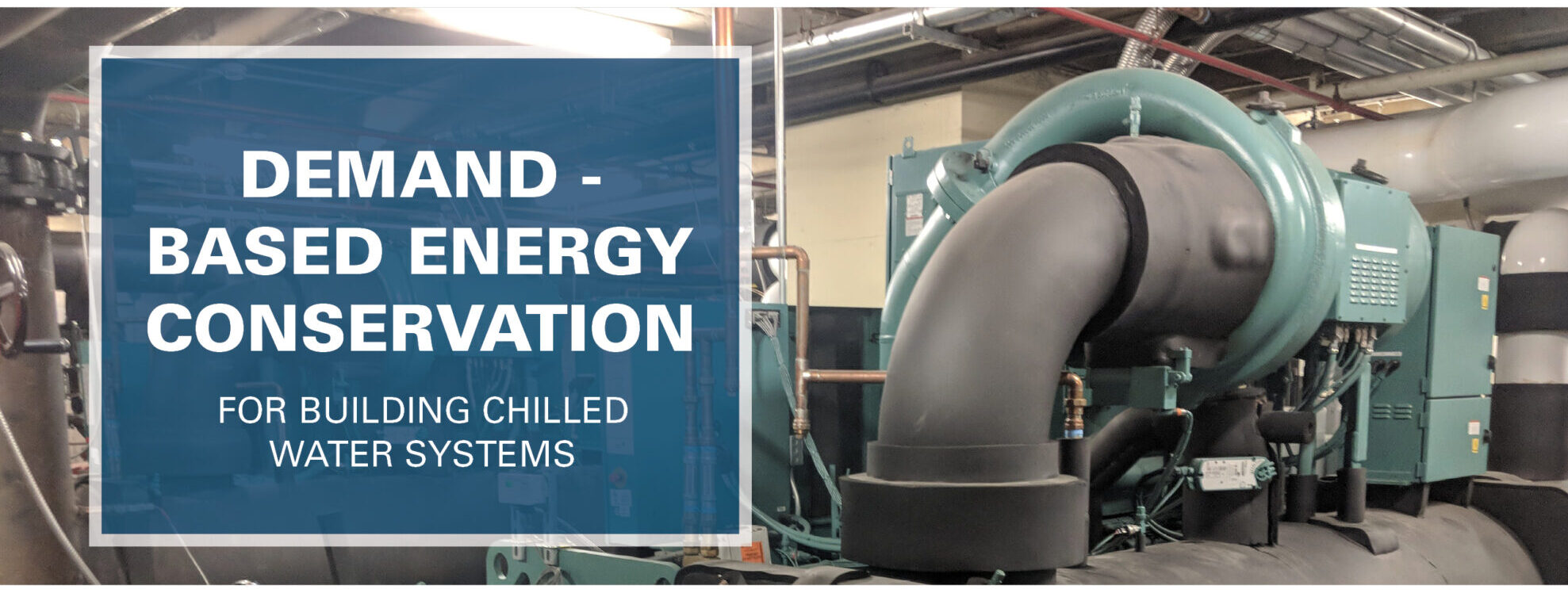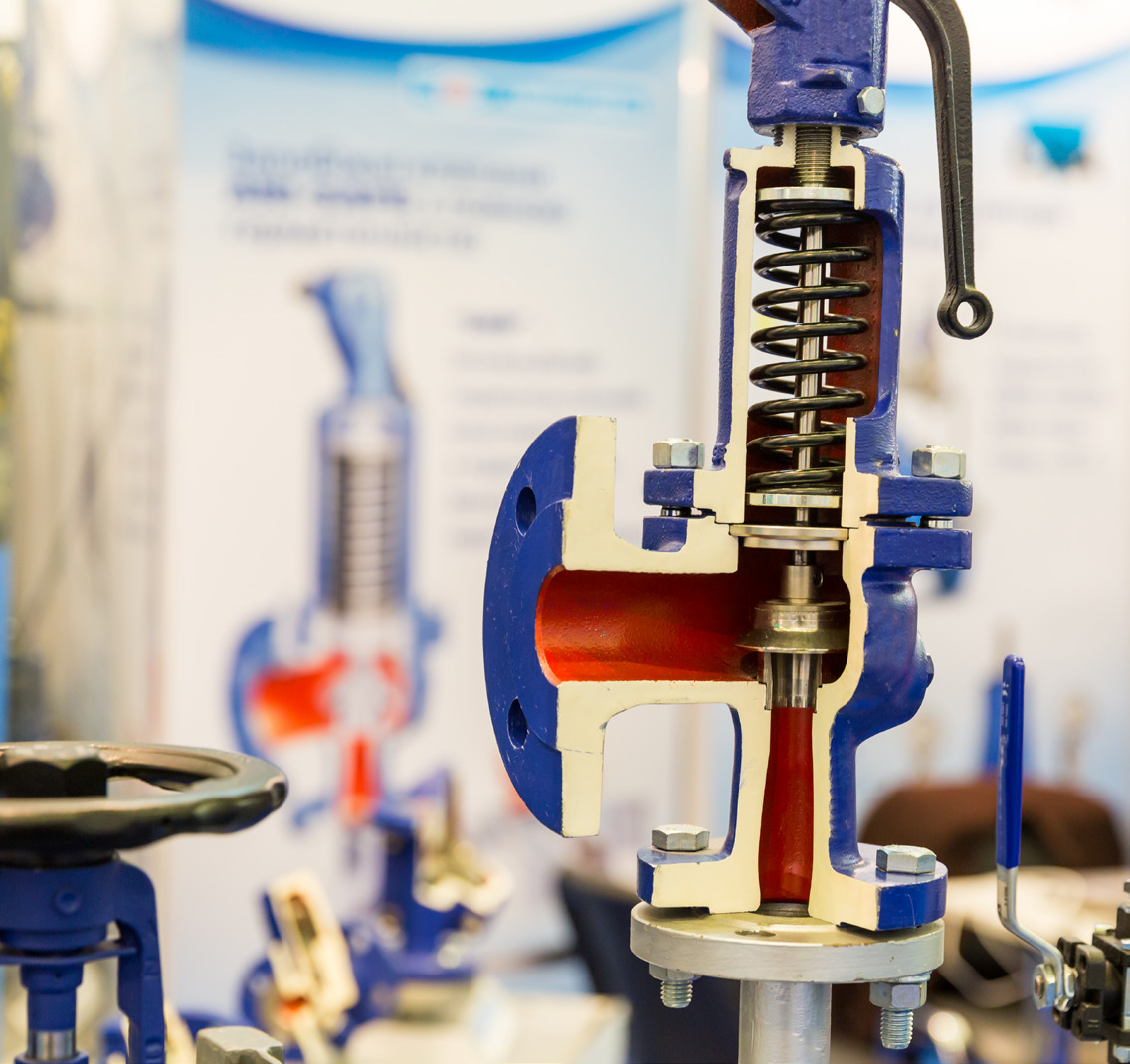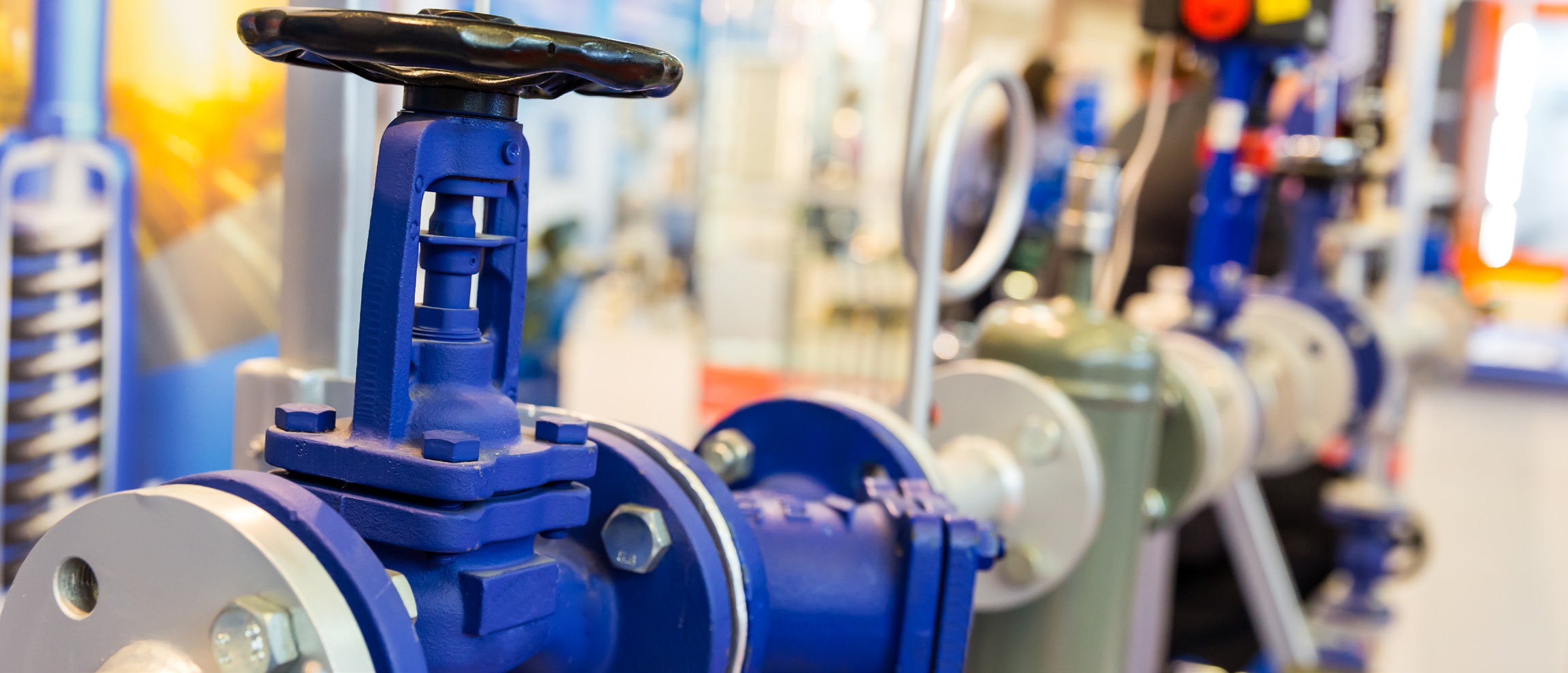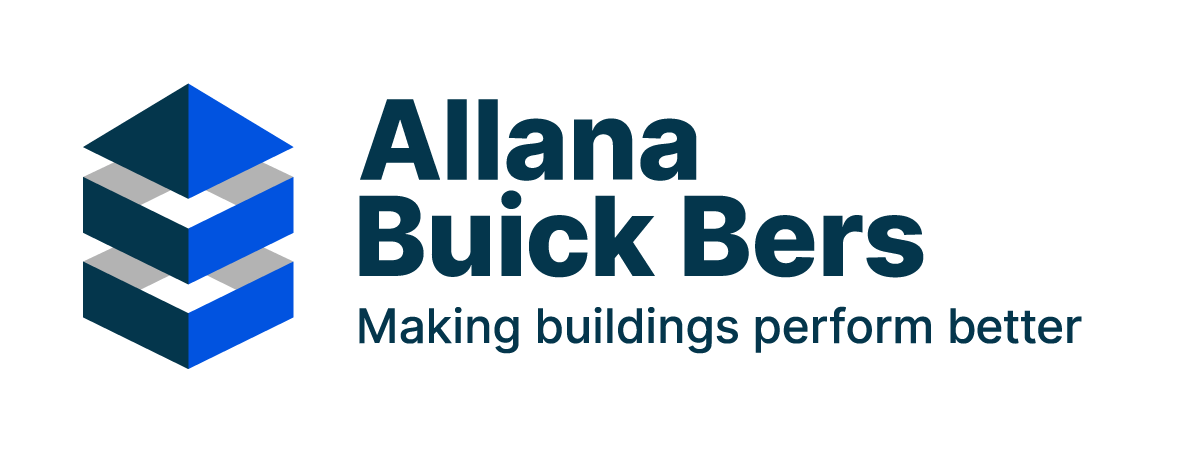
Building mechanical systems are commonly the unseen and sometimes ignored components of each and every building structure, but provide the basic indoor conditions that enable human occupancy, and are the major building energy consumers.
In the current environment of high energy prices, rising atmospheric air pollution rates and the increased concern for global warming, energy conservation has become a top priority issue for building owners, property and facility managers. Most conventional mechanical systems that heat or cool buildings, pumps that circulate fluids or fans that ventilate air, are powered by non-renewable and expensive energy sources such as utility generated electric power, natural gas or heating oil. The use of any one of these energy sources can potentially contribute to high energy costs, air pollution or global warming.
A basic energy conservation principle can be very simply expressed as “use energy only when needed”. Most system optimization efforts utilize this principle. Through the proper design and programming of building automation controls, the energy consuming components can be turned on or off or modulated to meet the exact air conditioning needs of the building and operate at optimum efficiency.
Unfortunately many existing building systems are constant speed-constant flow systems. Although the individual room temperature set points are maintained, the central heating and cooling plants operate at full flow conditions regardless of the actual levels of building heating or cooling required.
Central chilled water systems are fairly prevalent in commercial buildings. The major components of these systems are: water chillers, cooling towers and water circulation pumps. The overall system efficiency is determined by the interaction of these components at varying building cooling demand and outdoor weather conditions. Constant speed systems do not have the flexibility to adapt to new conditions and are therefore less efficient than variable speed systems.

The first step in energy efficiency optimization is the conversion of the system components from constant to variable speed. This process might include:
- Installing variable frequency drives on all system pump motors.
- Installing variable frequency drives on all cooling tower fan motors.
- Removal of flow limiting or balancing valves.
- Replacing three way cooling coil valves with two way valves.
- Installing variable speed chillers.
The next step in the optimization process is to enhance the building automatic controls. Once the system has variable speed capabilities, improvements to the automatic control system can be utilized to vary the speeds of the chillers, cooling towers and pumps. As the operating conditions change throughout the day, the newly programmed controls can then seek the optimum combination of system component speeds of operation for lowest total system draw of electrical power.
A building system field survey by an energy efficiency consultant, can determine the type of mechanical system that exists on site and the available opportunities for improvement. Based on a computer simulation of a proposed retrofit, the potential plant energy cost savings and equipment maintenance cost savings can be calculated. Additional benefits of a chilled water system energy efficiency upgrade would include utility and tax based incentives.

CATEGORY: Energy Efficiency/Chilled H2O Systems/Mechanical Systems
